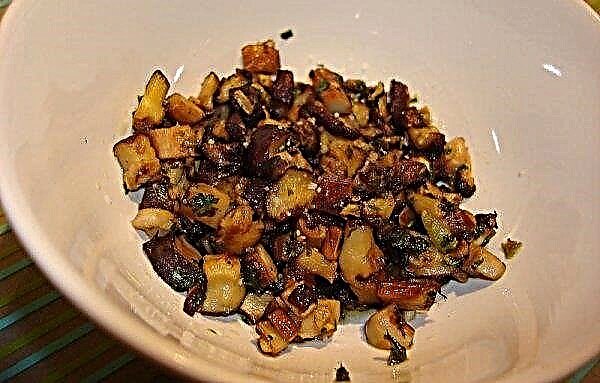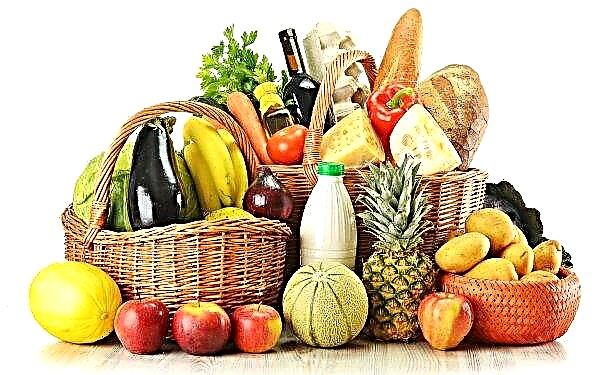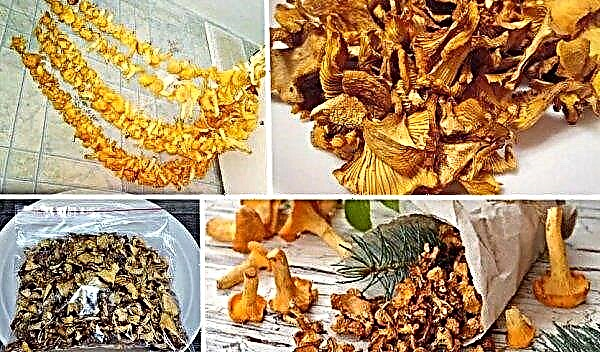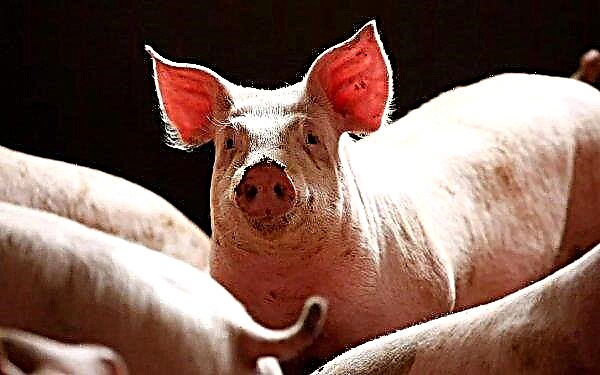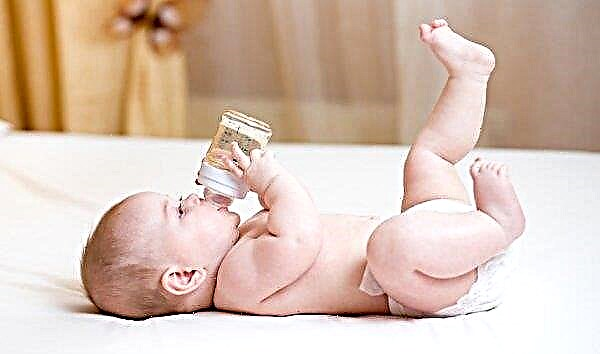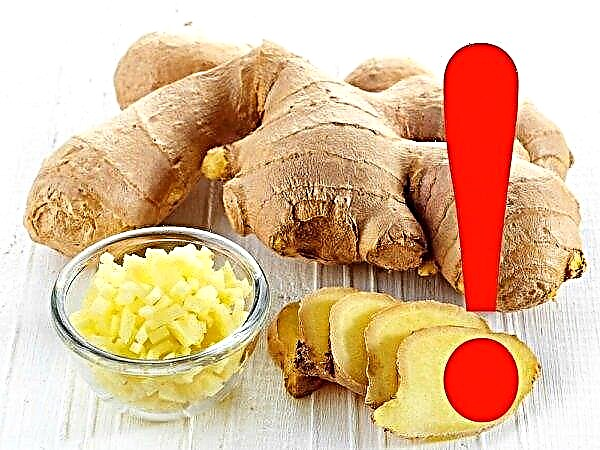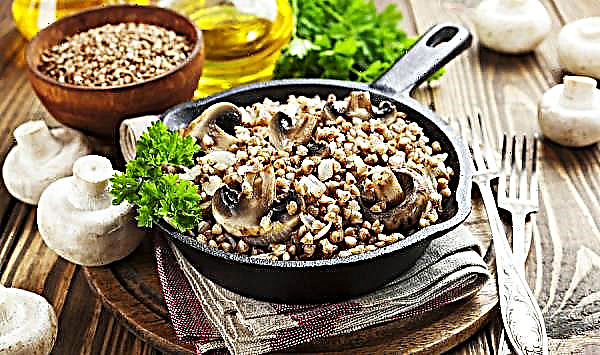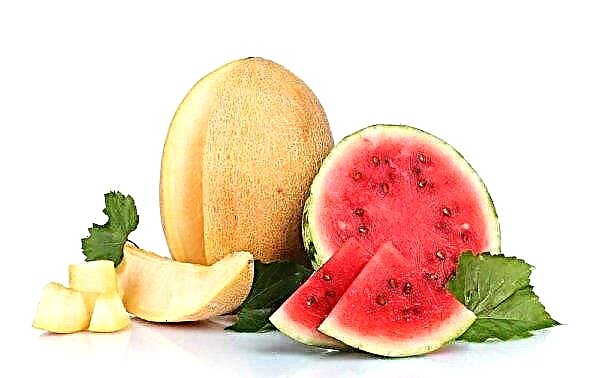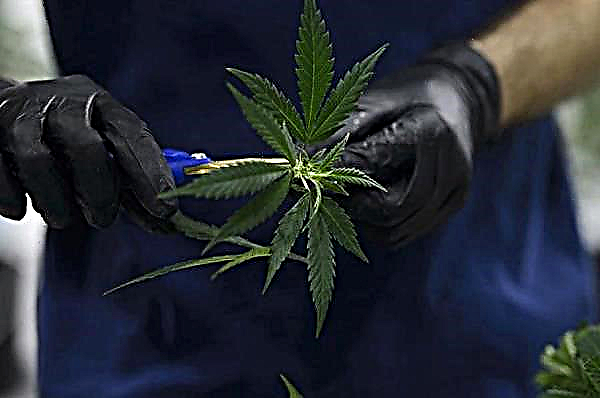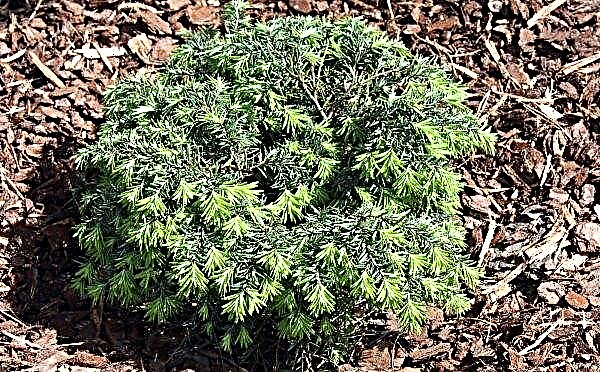The condition when hens pluck feathers from each other and eat is called pterophagy. It often indicates improper maintenance or feeding of the bird. Ignoring it can end with cannibalism and eating eggs. We will get acquainted with the possible reasons for chickens plucking feathers from each other, and also we will analyze what measures to take.
Why do chickens peck at each other's feathers?
WITHatThere are various reasons why chickens peck and eat feathers, their own and each other. Often, blood comes out of the place of pulling out of the bird, which causes aggression in its relatives. In this case, they can peck the affected chicken to death.
Such aggressiveness can be fixed even after eliminating the cause of its occurrence and result in cannibalism.
Important! Similar behavior in chickens must be suppressed. When keeping a large number of birds under outdoor conditions, this can end in a massive bite, when the hens not only pull out and eat feathers from each other, but also peck their eyes and stomachs.
Roosters are less susceptible to this phenomenon, because their role is to protect and restore order in the chicken coop. However, they may suffer from their harem if their authority is small. Sometimes older chickens may not accept a young rooster and begin to tear feathers from it. In this case, it is recommended to first place the male in the chicken coop, and then hen the hens.
In this case, it is recommended to first place the male in the chicken coop, and then hen the hens.
Natural molt
During molting, poultry nutrition should be enhanced by vitamin-mineral feed. The change of plumage requires a balanced diet and makes the bird more irritable (like any stress). Hens in such conditions begin to pull feathers from each other and eat.
The skin during molting can easily be injured to blood, which increases aggression and can end badly for a bird with damage.
Violation of the conditions of detention
The bird should be properly kept, then the likelihood of pterophagy will be minimal.
Important! An increase in the chicken house population density from the norm by only 10% can lead to pterophagy and cannibalism.
Adverse conditions include the following factors:
- bright lighting. It allows you to consider wounds and veins, which helps to increase aggressive behavior;
- dry air. In such conditions, the feathers become brittle, and the chicken begins to grease them with its secret. In this case, cloaca is often damaged, which attracts the attention of relatives and provokes their aggression;
- lack of drinking bowls and feeders. The accumulation of food and drink can cause a fight with the feathers tearing out and not only;
- temperature fluctuations. A severe cooling, as well as a drying heat, increases the irritability of chickens, which can lead to a clarification of the relationship with tearing feathers;
- lack of walking. All of the above factors increase their influence if the bird is not walking (for example, in winter). Individuals have nothing to occupy themselves with, and from boredom they begin to be easily irritated;
- stress. The bird should be protected from stressful situations. For example, when moving to another place, you need to transport the usual feeders and drinking bowls. It is also important to avoid sudden changes in feed types;
- keeping together different breeds. Hens do not always calmly refer to representatives of other breeds, especially if they differ sharply in color.

Landing density
Most often, the aggressive behavior of chickens in relation to each other, manifested in including tearing out feathers, appears when the premises are crowded. The chicken coop should be populated according to the standards, otherwise the struggle for living space will begin. Usually, under such conditions, older hens begin to oppress young ones.
Improper feeding
An unbalanced diet leading to a lack of protein, calcium and some other elements can lead to the tearing and eating of the feather cover of other birds. The lack of these substances is often observed not only during molting, but also with active egg laying.
Improper feeding of the young leads to delayed fever in chickens. When juvenile molting occurs (fluff to feathers), they make up for the lack of substances by picking up and eating faded down. Some individuals begin to aggressively pull out feathers for food from weaker counterparts - in the tail, neck, etc.
This becomes a habit, and even after improving feed, it subsequently manifests itself in any stressful situation. Lack of weight in the period before the start of oviposition can cause the oviduct to fall out, which leads to its peeling by layers. The same picture is obtained when a chicken lays an oversized egg, tearing its oviduct or cloaca.
Lack of weight in the period before the start of oviposition can cause the oviduct to fall out, which leads to its peeling by layers. The same picture is obtained when a chicken lays an oversized egg, tearing its oviduct or cloaca.
Did you know? In England, cannibalism was recorded in chickens of the egg breed in just 2 weeks of life.
The emergence of new individuals in the herd
Young newcomers occupy lower positions in the hierarchy of the pack, so they are expected to harass and manifest aggression from older residents, including pulling feathers and pecks from them. After a while, a showdown can subside. However, to representatives of other breeds or colors, hens may continue to be hostile.
Diagnosis of the cause
Pterophagy negatively affects the appearance of affected birds.
Plucking places usually depend on the factors that influenced this phenomenon:
- in case of imbalance in the food of the bird, feathers are pecking all over the body, eating feathers falling from the ground. This situation is often provoked by molting, requiring the receipt of a greater amount of certain substances, or a high productive period in chicken eggs;
- if there is a lack of protein, the toes, the skin and the body of the neighbors are of gastronomic interest in birds. Pulling feathers is accompanied by severe damage to the body. Chickens may begin to eat eggs;
- with hierarchical clarifications of relationships, adult chickens peck at the head, marking the crest and catkins;
- in case of problems with the cloaca or oviduct, chickens attracted by the smell of blood lead to cloaca biting.
 The most dangerous thing is if such behavior has become a habit. With provocative factors, this can result in cannibalism and encompass the entire flock, greatly reducing productivity and causing a large number of deaths.
The most dangerous thing is if such behavior has become a habit. With provocative factors, this can result in cannibalism and encompass the entire flock, greatly reducing productivity and causing a large number of deaths.How to solve the problem
The measures that should be taken first of all depend on the factors provoking them. So first you need to find out the reasons, and then do everything to eliminate or reduce them.
First of all, you need to ensure that the birds receive a sufficient amount of vitamin B and protein.
For this purpose, the following top dressings are included in the diet:
- peas, alfalfa, corn;
- meat and bone or fish meal;
- green plants;
- fodder yeast;
- sunflower meal, bran;
- yogurt, milk, whey.
During the molting period, it is necessary to include preparations containing the necessary minerals and improving the condition of the feather cover:
- "Methionine." Apply in a proportion of 3 g of the product per 1 kg of feed. When using the drug in tablet form, 4 tablets per 1 kg of feed are used. The composition of the drug includes sulfur, which normalizes the metabolism, promotes the absorption of protein, minerals and vitamins. Duration of admission is 14 days;
- fish fat. It is mixed with food in a proportion of 100 g per 1 kg;
- vitamin C is added to the drink;
- Vitvod - the drug strengthens the immune system, increases the productivity of chickens. Contains vitamins A, D3, E. Use in the form of injections or as a drink;
- Chiktonik. This complex of vitamins is given to chickens at the rate of 1 ml per 1 liter of water, for adult birds - 2 ml per 1 liter of water. The course of admission is at least a week.
 It is especially important to monitor the intake of vitamins in the cold period when there are no green plants in the diet.
It is especially important to monitor the intake of vitamins in the cold period when there are no green plants in the diet.The following measures are also taken:
- organize normal lighting at the rate of 1 bulb 60–70 watts per 10 square meters. m. The duration of daylight hours should be in the range of 12.5-14 hours;
- track to 1 sq. m accounted for 4 individuals;
- provide the house with the necessary, according to the norms, number of feeders and drinkers;
- more often organize walking of birds in the fresh air in places with green grass;
- ventilate the room well, but without drafts;
- hang brooms from nettles or tops and heads of cabbage over the chicken coop;
- place ash baths containing sulfur and sand;
- the most ardent instigators of fights are planted separately, otherwise peaks will be constantly provoked by them;
- birds that have received wounds from biting should also be isolated from the flock and their wounds should be sanitized. Damaged areas are treated with the following drugs - penicillin or ichthyol ointment, iodine tincture containing glycerol.
An important point to solve the problem is to review the nutrition of birds, because chickens often peck feathers to make up for the lack of necessary substances in the body.
Did you know? The chicken, which occupies a high degree of hierarchy in the flock, receives better nutrition, but its egg production does not become high. Constant stresses due to the assertion of their place reduce productivity. In the smaller group, hens rush more actively.
Since the reason chickens eat feathers is often a lack of calcium, the diet should include chalk, crushed shell rock or eggshells, as well as calcium-containing preparations.
Preventive measures
To avoid tearing out feathers and biting, it is important to take the following preventive measures in a timely manner:
- make sure that the feed is balanced enough and contains all the necessary minerals and vitamins;
- in winter, so that the birds do not get bored and do not fight, grains (wheat, millet, corn, etc.) are scattered in the straw. The attention of chickens for a long time focuses on the detection and consumption of such food;
- monitor the population density of the chicken coop, avoid crowding;
- observe the behavior of the pack and timely send too aggressive individuals for slaughter;
- You can buy an authoritative rooster for chickens to keep order in the chicken coop;
- exclude pterophagy can contain chickens in the cells. In one family, birds of the same breed and same age should be selected so that more mature chickens do not offend babies;
- reduce the brightness of the light. To do this, the bulbs are painted in red or blue. The daylight hours should not be higher than 16 hours. Turning on and off the light in winter should occur at the same time;
- planting newcomers in the chicken coop, you can go to the trick - to plant new tenants at night, on a walk or make them a temporary fence with a net to get used to them. The entry of new birds into the flock must be controlled;
- notice wounds and injuries in time, treat them so that they do not attract attention to themselves with the smell of blood;
- sometimes at large poultry farms they use de-picking - this is cutting off the beak by 1/3. This procedure is carried out for chickens in the first days of life, as well as at the age of 1-2 months.
 Noticing that the chickens pull out each other's feathers, you should find the reason for this and take timely measures to eliminate it.
Noticing that the chickens pull out each other's feathers, you should find the reason for this and take timely measures to eliminate it.Important! Debicking should not be carried out later than 3–3.5 months due to the appearance of severe bleeding associated with hormonal changes in the bird during this period.
Such behavior cannot be ignored, since it can take a more severe form - go into cannibalism.

